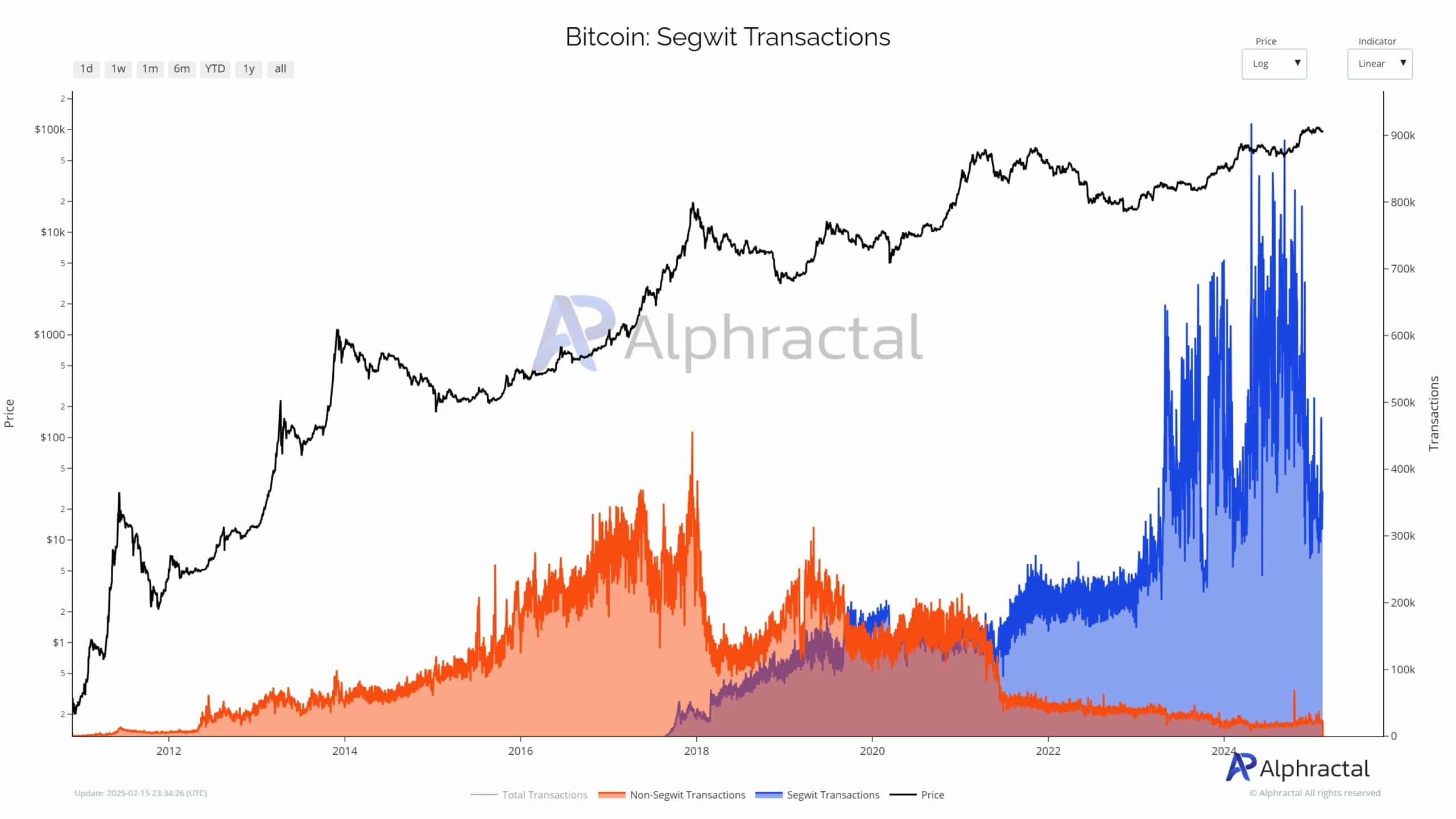-
Bitcoin mining is currently facing an unprecedented profitability crisis, driven by soaring network difficulty and plummeting transaction fees.
-
The 2024 halving has intensified this situation, creating a challenging landscape for miners, particularly smaller operations struggling to stay afloat.
-
“The current conditions represent a perfect storm for Bitcoin miners,” stated a COINOTAG analyst, emphasizing the unsustainable nature of the current profit margins.
Bitcoin miners are grappling with record-low transaction fees and skyrocketing difficulty, threatening the survival of smaller players in 2025.
The Profitability Crisis Facing Bitcoin Miners
The Bitcoin mining industry finds itself at a crossroads in 2025, marked by diminishing profits and intensified network competition. With transaction fees plummeting to historic lows, miners are increasingly reliant on block rewards, a situation made worse by soaring network difficulty.
Challenges from Record-low Transaction Fees
The current scenario reflects a significant decline in the Bitcoin mempool, which tracks pending transactions and has decreased substantially in recent months. This trend indicates a substantial drop in network activity, directly impacting miners’ revenue. Transaction fees are vital to miners’ income, and this drastic decline places immense pressure on their overall profitability. Historically, such downturns have frequently preceded bear markets, suggesting a potential structural shift in the Bitcoin network despite the asset’s elevated price.

Source: Alphractal
Implications of Increasing Network Difficulty
As competition among miners escalates post-halving, network difficulty has surged to unprecedented levels. The Revenue/Hash ratio – an essential metric for assessing miners’ performance – has dropped to alarming lows. Even as Bitcoin’s market price rises, revenue increasingly fails to keep pace, creating a disconnect that signals a widespread struggle for profitability. With energy costs continuously climbing, many miners find themselves with dwindling options; relocating operations to regions with cheaper energy and refining their business models are becoming necessary strategies to survive.
Market Dynamics and the Future of Bitcoin Mining
The current market conditions indicate a profound shake-up within the Bitcoin mining space. Inefficient miners are likely to exit the environment, further consolidating power among large mining operations with substantial resources and advanced technology. This scenario, while potentially stabilizing the network, raises questions about centralization and the long-term sustainability of Bitcoin’s decentralized model.
Conclusion
In summary, the Bitcoin mining industry faces urgent challenges that require immediate adaptation. As profit margins continue to tighten and industry consolidation looms, only the most proficient and capitalized miners are likely to endure. The decisions made in this crucial period may not only redefine individual mining operations but also influence the broader Bitcoin ecosystem for years to come.
